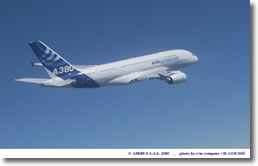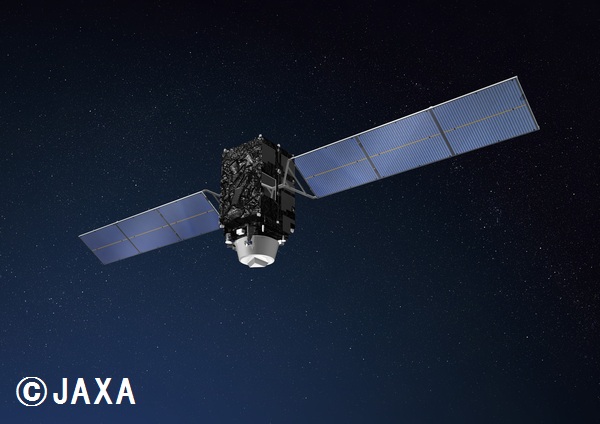Manufacturers of not only commercial airplanes but also military planes and helicopters have developed various usage of composite material. In every case, objectives of using of composite material have been to reduce weight of planes and to have highly performing flying machines. Composite material also has contributed to those secondary objectives as saving of assembling manpower.
The door to uses of composite material for commercial aircraft was opened by adoption of GFRP to a radar dome in 1940. In 1975, NASA developed for a research purpose elevators (horizontal rudders) of B727 and B737, and vertical stabilizers of DC10 made of composite material. This switching over from a metal to FRP contributed to about 30% weight reduction.
The achievement was applied to commercial manufacturing of B757s and B767s. Boeing, U.S.A., first installed FRP-made rudders. Almost simultaneously, Boeing adopted such CFRP secondary structural parts for B767s as elevators, spoilers, outboard aileron, wing-body fairing, fore- and main landing gear doors, wing trailing-edge panel of main wings and stabilizers, and vertical and horizontal stabilizers rib. These parts occupy altogether 3% of the total aircraft weight.
Boeing's B777s, the first flight in 1994, adopted intermediate elastic modulus CFRP for those
primary structural parts as vertical and horizontal stabilizers, and for floor beams. For those
parts, damage tolerance is essentially important.
Airbus A320s, first commercially served
in 1998, used CFRP made stabilizers in addition to those secondary parts as movable wing and
engine nacelle. This was the first primary structural parts installed on commercial airplanes.
Further on, also A330s and A340s use composite material parts equivalent to roughly 12% of the
total weight of the airplanes.

Airplane manufacturers now plan to expand use of CFRP. Airbus's A380s, the new wide-body plane, and Boeing's B787 shall be the state of the art examples. Use of CFRP for airplane parts will be developed further and further toward the future.
In aerospace field, which demands material light in weight and of high rigidity, the H-IIA rocket or satellites adopt CFRP parts.
H-IIA rocket |
H-IIA rocket and FRP (This photo is of the ground incineration test model. The flying model uses CFRP in below mentioned parts.) The black one: the intermediate section of the main body made sandwiched CFRP The white one at the top: the top cap of the main body(payload fairing) made partly of CFRP The white parts at the bottom: rocket booster cases made wholly of CFRP |
Space Satellite  |